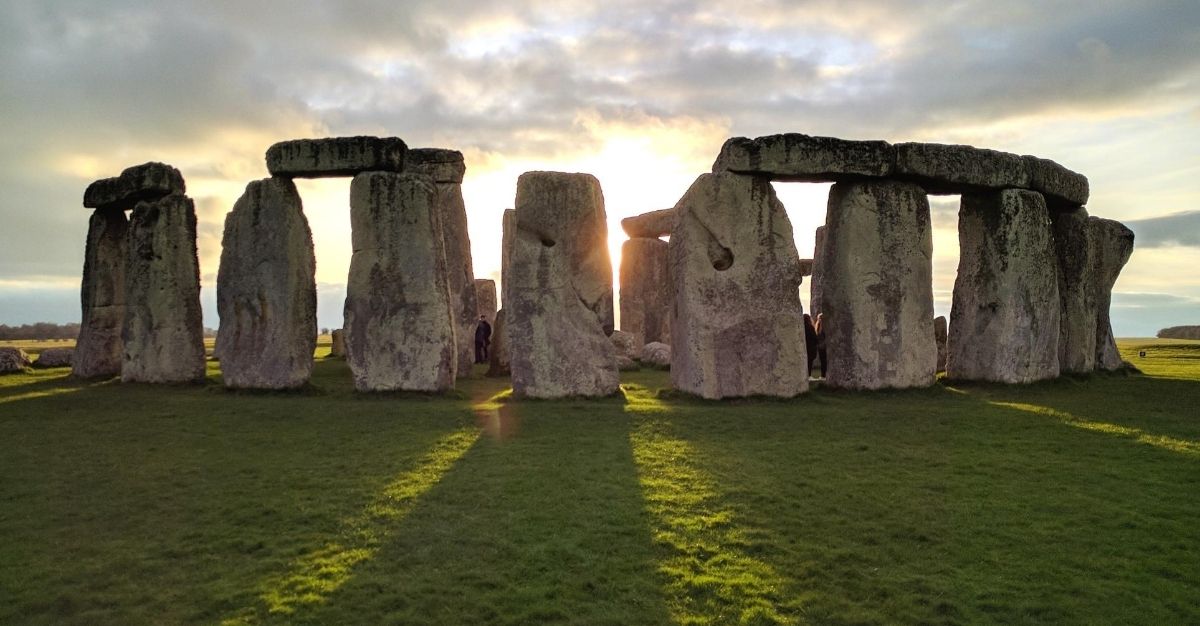
Scientists Crack Major Stonehenge Mystery, Find Critical Link to Nearby West Woods
Stonehenge’s huge stones in Southern England came from West Woods, Wiltshire, a little over 15 miles away from the monument, according to new research.
Researchers analyzed the chemical composition of the sarsens, or sandstone boulders, and found that 50 of the 52 sarsens originated from West Woods.
“Until recently we did not know it was possible to provenance a stone like sarsen,” lead study author David Nash said Wednesday in a news release.
“It has been really exciting to use 21st century science to understand the Neolithic past and answer a question that archaeologists have been debating for centuries.”
The technology to determine the origin of the stones, which can be up to 30 feet tall and weigh as much as 25 tons, did not exist until recently.
Two types of stones are present at Stonehenge, but the smaller “bluestones” have attracted the most geological attention.
Researchers used portable x-ray fluorescence spectrometry to characterize the chemical composition of the larger boulders and then analyzed the data to determine their degree of chemical variability, according to the research published in the journal Science Advances.
“Next, the researchers performed inductively coupled plasma mass spectrometry (ICP-MS) and ICP-atomic emission spectrometry (ICP-AES) of samples from a core previously drilled through one sarsen stone and a range of sarsen boulders from across southern Britain,” the news release read.
The analysis of this data was used to generate high-resolution chemical signatures to determine potential source regions, leading researchers to West Woods.
? One of Stonehenge’s enduring mysteries: solved!
Origins of the giant sarsens have been revealed as West Woods, 15 miles north of Stonehenge, following analysis of a sarsen core by Prof Nash of @uniofbrighton.@ForestryEngland @ScienceAdvances
?️ ➡️: https://t.co/keyWOjbqym pic.twitter.com/4KxZ504Ynb
— Stonehenge (@EH_Stonehenge) July 29, 2020
“The reason the monument’s builders selected this site remains a mystery, although the researchers suggest the size and quality of West Woods’ stones, and the ease with which the builders could access them, may have factored into the decision,” the release added.
English Heritage Senior Properties Historian Susan Greaney said in a news release that pinpointing the area “is a real thrill.”
“Now we can start to understand the route they might have travelled and add another piece to the puzzle.”
Historians have been fascinated with the structure for years, and earlier this year English Heritage noted that parts of the rock structure resemble an ancient “Lego.”
This is a rarely seen view of the top of one of the giant sarsen stones. The protruding tenons are clearing visible and the corresponding horizontal lintel stone would have had mortise holes for them to slot into. A bit like early Lego! pic.twitter.com/kPpRjIWJCp
— Stonehenge (@EH_Stonehenge) April 10, 2020
Stonehenge could be the world’s most famous prehistoric monument and was built in several stages, according to English Heritage.
The first stone featured an early henge monument and was built about 5,000 years ago. The famous stone circle was built during the late Neolithic period around 2,500 BC.
Truth and Accuracy
We are committed to truth and accuracy in all of our journalism. Read our editorial standards.
Advertise with The Western Journal and reach millions of highly engaged readers, while supporting our work. Advertise Today.












